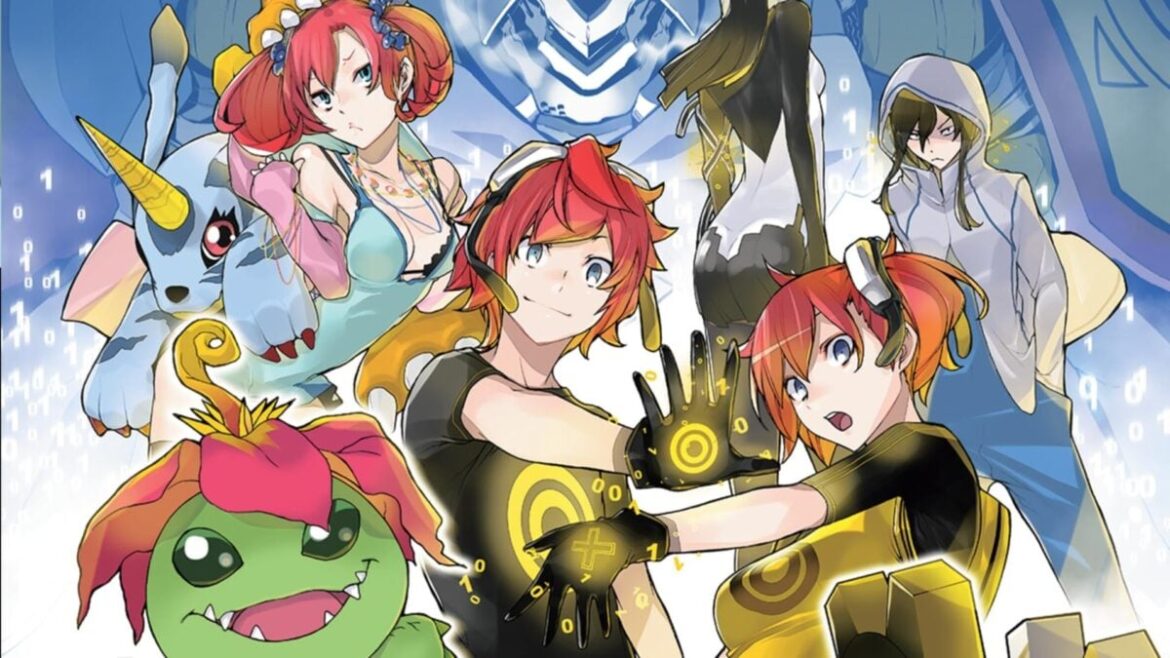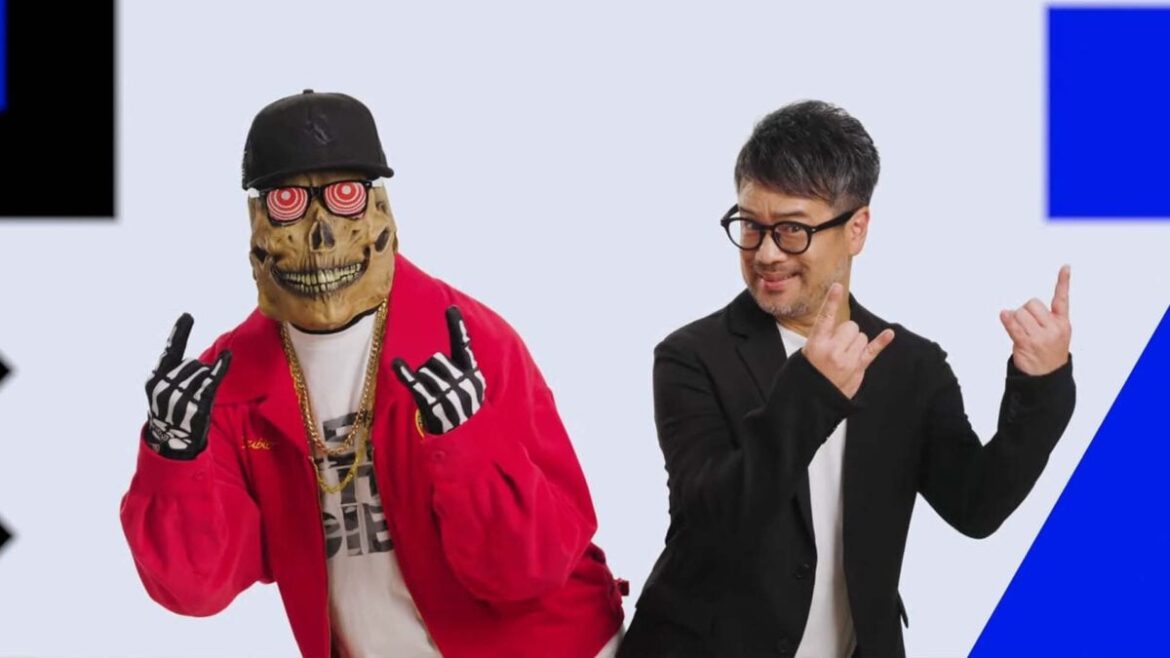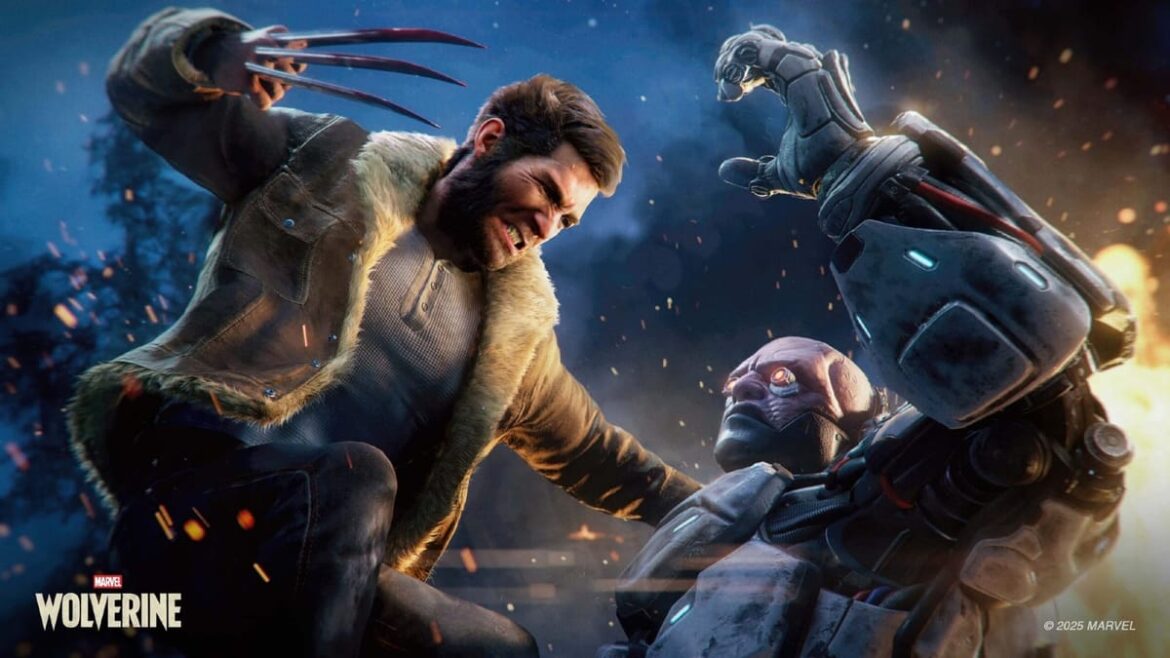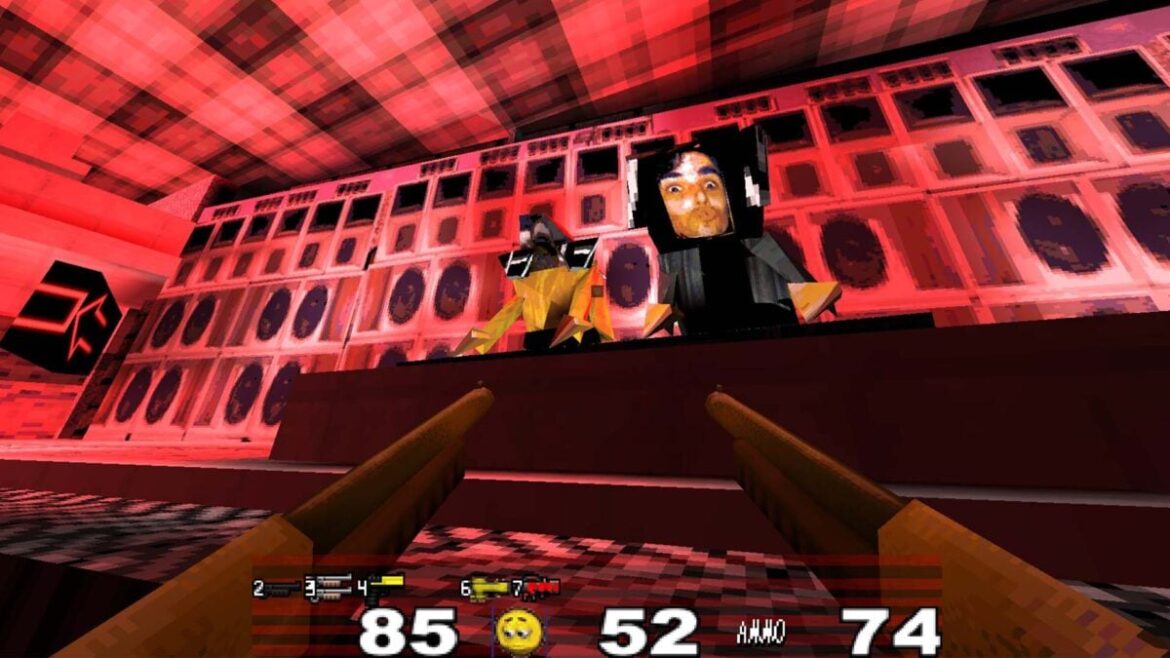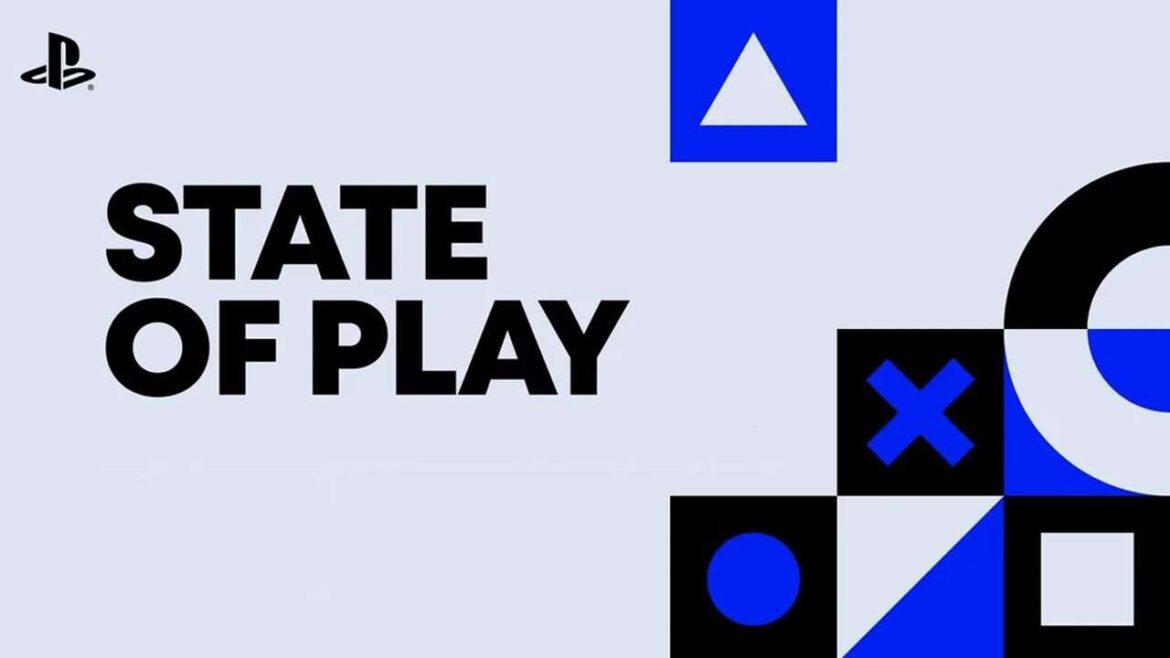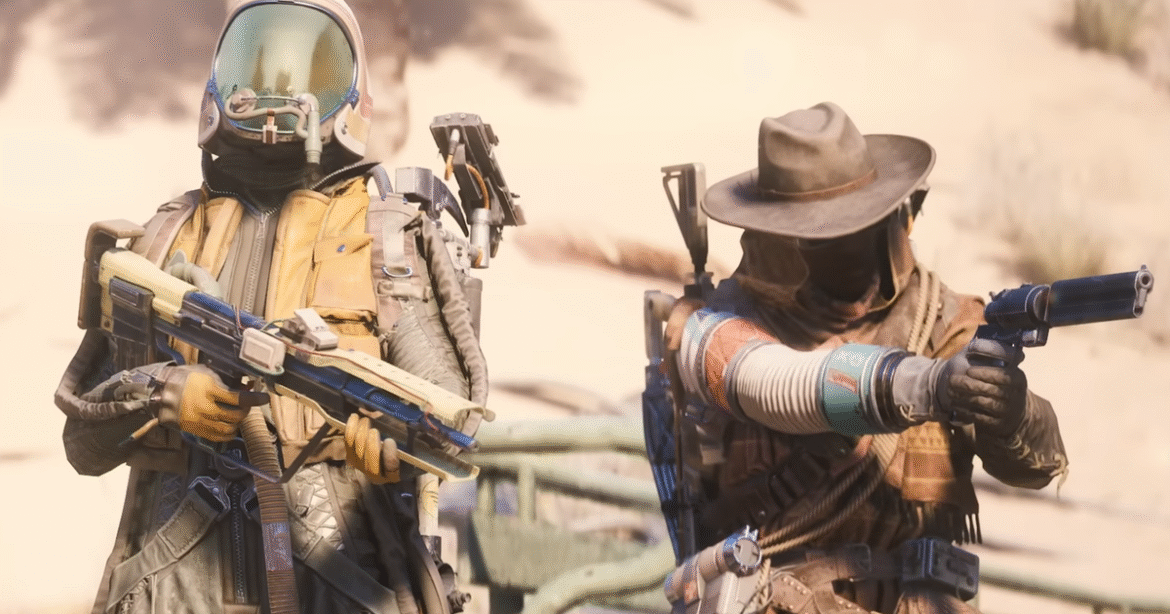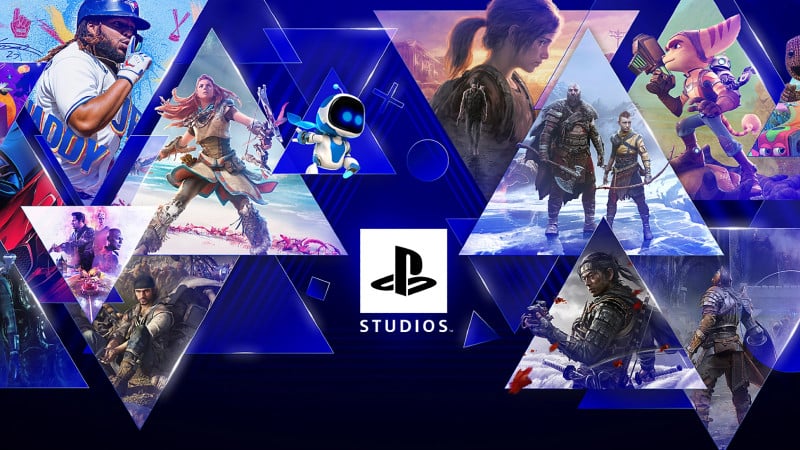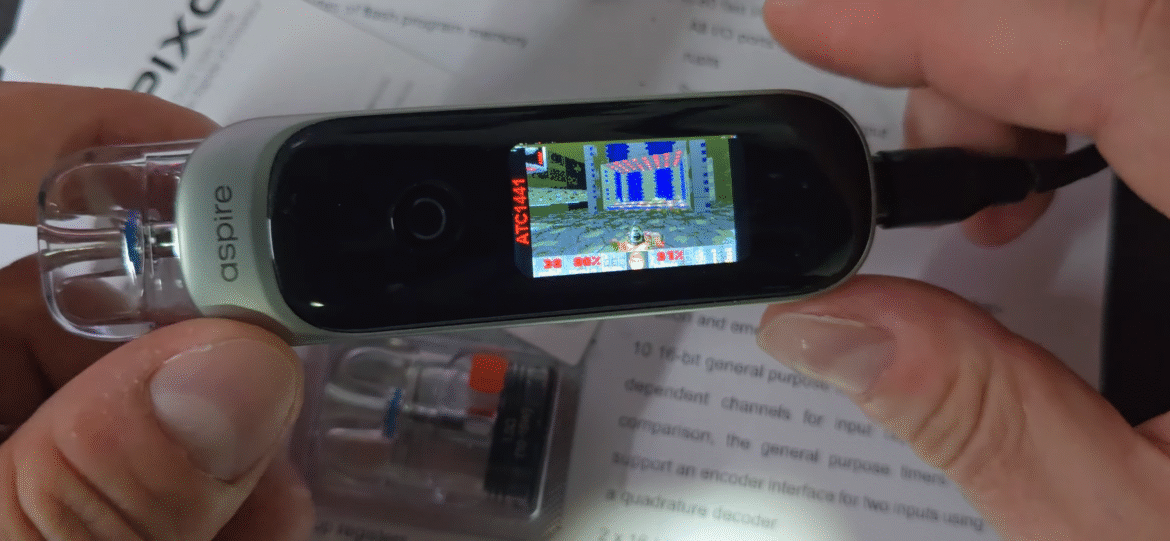Digimon Story: Time Stranger is out next week. It’s the latest in the turn-based RPG series, but these digital monsters have shown up in a lot more games than just RPGs. Across its nearly 30 years, Digimon has been pretty experimental in the video game space. Not every swing has landed, but it has kept things interesting. A few of these games never made their way out of Japan, but the best ones came stateside, though they’re harder to come by because companies do not care about preservation. If you’ve never played a Digimon game before, here are some of the best ones to go back to.
Digimon World / Digimon World: Next Order
Despite my dislike of the virtual pet mechanics of Digimon World, I know if I don’t include the original PlayStation game on this list, someone will get mad at me. As frustrating as it can be, Digimon World’s vibes are still unmatched by most of the franchise. There’s a true sense of loneliness as your character is isekai’d into the Digital World, aimlessly wandering through this unknowable realm and discovering new friends and enemies as you explore. It also still has that PS1-era grit that has kind of washed away from more modern Digimon games, which is especially effective when you’re young and these worlds still feel vast and scary. If you can train your Digimon into something powerful enough to fight through its various challenges, Digimon World has an expansive, fascinating world to watch grow over the course of the game. It’s the training part that can become tedious. But those with the patience to fight through it found a lot to love. Next Order is a modern spin on this same loop, and if you can handle it with one monster, that game lets you manage two at a time. Godspeed, friend.
Digimon Racing
Wait, no. Come back. I swear, the Game Boy Advance kart racer rules, actually. If you ever played Mario Kart or Sonic Racing, you know the gist of what Digimon Racing has to offer. The Digimon spin is that the monster you put behind the wheel will gradually digivolve over the course of a race as you drift over a digitized track, gaining speed and power as you leave your opponents in the dust. Digimon Racing was also one of the only games that supported the GBA’s wireless adapter, as Nintendo was trying to cut the link cable in the lead-up to the Nintendo DS. I have some pretty fond memories of racing against my brother across our living room. It felt like magic at the time.
Digimon Rumble Arena 1+2
Everyone has tried a Super Smash Bros. knock-off at some point, right? Digimon Rumble Arena and its sequel may not have become competitive darlings that had people dragging CRT TVs to conventions decades later, but they’re silly, fun party games starring your favorite Digital Monsters. The first game was on the original PlayStation and only supported two players, which could make some fights a bit of a drag as they devolved into games of tag with the two fighters chasing each other around the large arenas. Rumble Arena 2 came out two years later and leaned harder into the Super Smash Bros. comparison, supporting four players and making fights much more active, frantic, and fun.
Digimon World 2
The original Digimon World game implemented the series’ digital pet mechanics in a way that some people get really into. Personally I can’t stand it, and was annoyed when it came back in Digimon World: Next Order. Do you know how annoying it is to try to train your partner Digimon for an hour, only for them to end up turning into one of the poop monsters? However, the World series has changed a fair bit over the years, too. Digimon World 2 left the first game’s real-time digital pet era behind, and is instead a dungeon crawler with turn-based battles. The battle system isn’t too deep, but its elaborate, experimental Digivolution mechanics set the tone for future iterations.
Digimon Survive
Digimon Survive isn’t a great tactical RPG, but it is a damn good visual novel. The combat is mind-numbingly simple and lacks the depth of much older classics like Final Fantasy Tactics. That said, its choice-driven horror story visual novel side is actually a pretty gripping tale that really brings a fresh take to the universe. Survive’s tedious fights are worth slogging through to get to the rich, often harrowing story it has to tell.
Digimon World 3
If Digimon World 2 brought the subseries into turn-based battles, World 3 solidified it with a solid, more streamlined system in one of the coolest versions of the Digital World. The RPG’s roster of Digimon is much more limited, but its challenge comes from working within its set party compositions and finding a party that works for you in all its limitations. Outside of battles, its gorgeous PS1-era sprite work still holds up. Meanwhile, its dark story of a group of people trapped within a virtual reality MMO is a bit rote by today’s standards, but was pretty unnerving back in the day. Plus, it was the first time Guilmon, the best Digimon, got to have a starring role in one of the RPGs. More than most Digimon games, I constantly wish I could go back to World 3, but it’s been trapped on the original PlayStation for over 20 years.
Digimon Story: Cyber Sleuth
I just finished a replay of Digimon Story: Cyber Sleuth earlier this year, and that shit holds up. The turn-based detective RPG is one of the series’ best stories, and it perfectly marries the franchise’s mysteries, mythology, and themes of the power of friendship. It is the closest to a Persona game the series has ever gotten, and though its turn-based battles are pretty simple, the game, with its elaborate evolution mechanics that enable you, through careful planning and metagaming, to turn just about any Digimon into almost any of the other 200+ on the roster, is dripping with depth. The Hacker’s Memory follow-up, which you can find packaged with the original game on PC and Switch, adds another 50 hours of parallel story that’s also worth your time. If you haven’t played the game before and are curious about Time Stranger, you won’t find a better onboarding on modern platforms than Cyber Sleuth.

